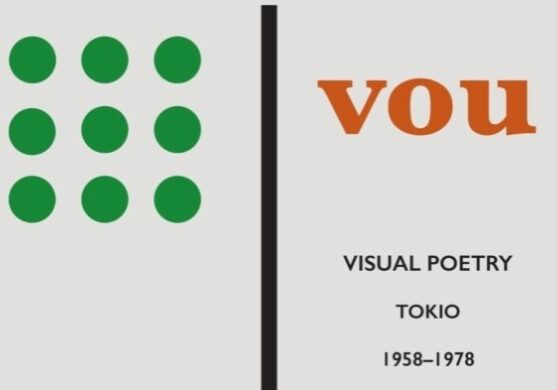EXPLORE THE KYOTO JOURNAL
Discover quality writing from Asia in our award-winning magazine. Stimulating interviews and profiles; excerpts of works translated from Asian languages; fiction, poetry and book reviews, as well as a fresh look at the city KJ calls home.
- ALL
- FICTION, POETRY & REVIEWS
- HIDDEN JAPAN
- IN TRANSLATION
- INSIGHTS FROM ASIA
- OUR KYOTO
- TOKONOMA
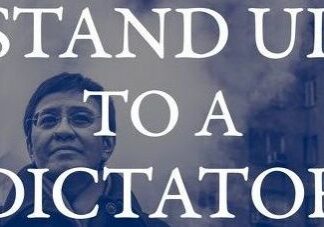
Resisting Democracy’s Death by a Thousand Cuts
Part memoir and part manifesto, How to Stand Up to a Dictator is Ressa’s look back at her early life in the Philippines and the United States, a chronicle of her personal rise through the news industry as one of the most respected broadcast journalists in Asia, and her forward-looking call to action to save democratic societies from dying by what she calls “a thousand cuts” of intimidation and injustice that add up over time. The dictator in question here is as much Big Tech as it is Big Brother.
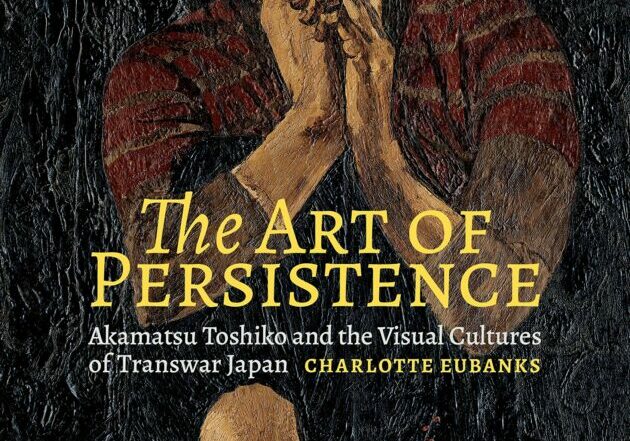
Meeting the Challenges of One’s Times
Toshi (1901-1995) is perhaps most famous for her anti-war activism and The Hiroshima Panels, a series of artworks on the aftermath of the atomic bombing, both of which she carried out in conjunction with her husband Maruki Iri. Given this legacy, it is all the more salient that in a late interview she called herself “a war criminal.” Toshi explained that during WWII she took commissions for children’s picture books glorifying the war. Though she did so to prevent from starving, she felt that this did not absolve her of her guilt. The Art of Persistence is about this tension between moral imperative and survival, not only during this particular time but throughout the whole of Toshi’s life.
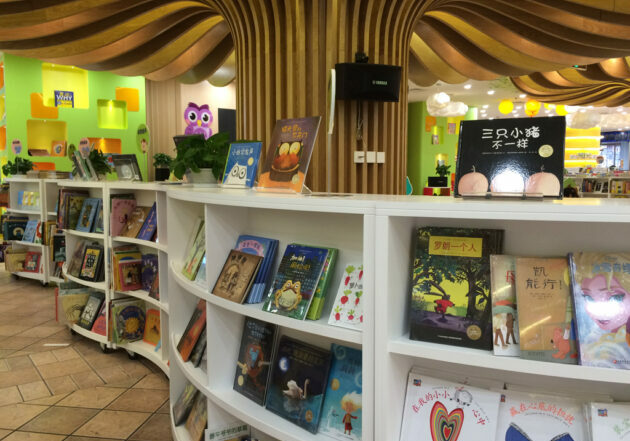
Shopping for Children’s Books in Asia
For a few years before the pandemic I was lucky enough to travel to Asia a few times—for work, for pleasure and as a translator of Chinese children’s books. Along the way, I developed a habit of doing quick surveys of the children’s books on sale in international airports, cities, and museums. …I was interested to see the situation in countries where there are generally more translated children’s books available than in the UK.

An Activist for Translated Children’s Literature
As Curator of East Asian Money at the British Museum, Helen Wang might seem an unlikely activist for global children’s literature. But September 2021 found her tweeting daily for World Kid Lit Month (@WorldKidLit), an initiative to promote picture books through young adult novels in English translation. She also collaborates with the China Fiction Book Club, Paper Republic, Translated World, the Global Literature in Libraries Initiative, and the Bai Megui Translation Competition, and she co-founded the blog Chinese Books for Young Readers.
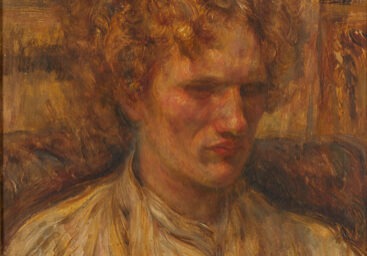
Portrait of Eroshenko
Eroshenko’s experiences tell us of another era in which Japan was emerging as a cosmopolitan hub and in which Europeans might come to Japan to learn, rather than to teach. It was also an era in which contact and exchange were spreading across Asia, with ideas, people and objects all being coming to Japan from across the continent. However, the story also reveals that, whilst to some a life of travel and reliance upon friendship and the goodwill of others was an inspiration, in the eyes of the Japanese state it came to be seen as a threat.

My Father-in-Law the Japanese Radical
The origins of the Narita struggle date back to 1966, when the government announced it would build Japan’s new international gateway in Chiba, 60km from the capital—without consulting the 360 mostly impoverished local people who farmed the land around the Sanrizuka and Shibayama hamlets. The plan, with its whiff of official arrogance and highhandedness, became a lightning rod for discontent in the economic miracle years. Many farmers resisted and supporters poured into the area, fueling a conflict that quickly escalated.

Haenyeo – The Sea Women of South Korea
My first encounter with the Haenyeo was through their song. I was hiking in the Seongsan crater on Jeju, an island off the southern coast of South Korea, when I wandered down a winding cliff path to the waterfront. On the rocky beach, an empty seaside restaurant offered seafood to absent crowds. It was obvious that Covid had taken a toll on the local tourism industry. Then the sound of singing came from a shack next to the restaurant, and filled the bay. A few minutes later five women emerged, probably in their late 50s and 60s, wearing brightly-coloured woolen underwear, wetsuit pants, and rubber moccasins. They continued to sing, dance, and laugh while simultaneously helping each other into their remaining diving gear.
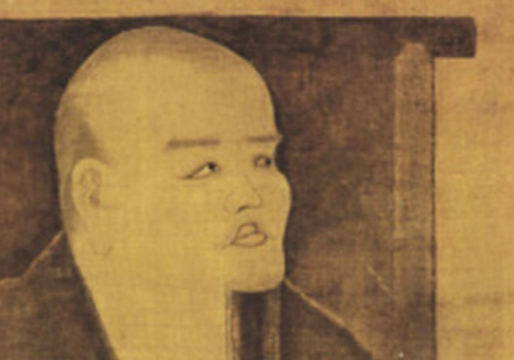
Dogen in a Hammock
Robert Aitken, the late Zen priest of Honolulu’s Diamond Sangha, once wrote that “Drowsy contentment may be a condition close to realization. It is a kind of emptiness, of nondifferentiation, where the ten directions melt: inside and outside become one.”

Nowhere To Go
She rested her arms, thick and fleshy, on the top of the half-wall, and cupped her face in her hands. Marilou often stood in the balcony at night to gather her thoughts. To take in the breeze, survey the expanse of the property, with its sprawling gardens, tennis courts, and playgrounds. Her room behind the kitchen was a square box with cream-coloured walls. It had barely enough space for a single bed and a cupboard. Twelve years in Singapore as a helper, and she had never really gotten used to the fact that her room here did not have any windows.
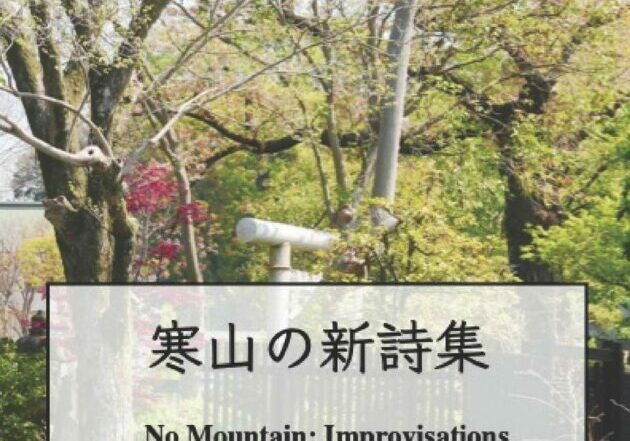
No Plan B Dream Villanelle
Whether for a single poem, or a single-author collection of poems, inspiration is offered by different muses. It can come from a place and the history of that place; from a disease and all that living with a disease entails; from travel and the changing vistas that moving from place to place, history to history, presents; from poetic form: the shape that words and lines are given. Recent collections by four Japan-based poets are examples of books that grow from just these seeds.
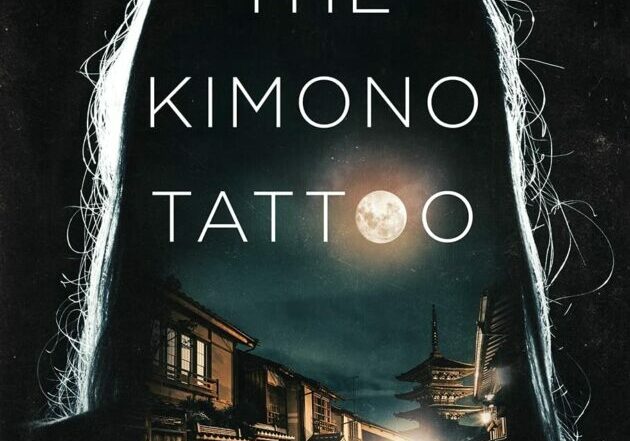
Kyoto Thrills
An academic out of a job getting by as a translator in Kyoto is approached by a mysterious woman in a kimono who offers her a remunerative job translating a novel, chapter by chapter, as it is written. The ostensible author of the novel, long thought to be dead, is the disowned scion of a family that has been in the kimono business for generations; the novel describes a crime: the murder of a woman with a full-body tattoo designed to look like a kimono.
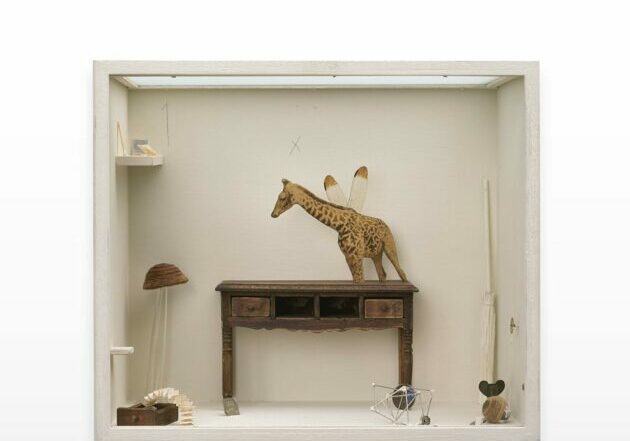
Poet between Reality and Dream
In the museum we find relics or remnants or fragments of stories that are not disowned or abandoned; they are contained, enshrined. As readers of Miho Nonaka’s The Museum of Small Bones, we encounter exhibits of a different, ancient ilk. A native of Tokyo, and educated at Harvard and Columbia, among other universities, Nonaka is a bilingual poet/translator who teaches at Wheaton College in Wheaton, Illinois. In this poetry collection, due to her self-confessed restlessness, she pushes forward by small moves, a time-honored tradition.
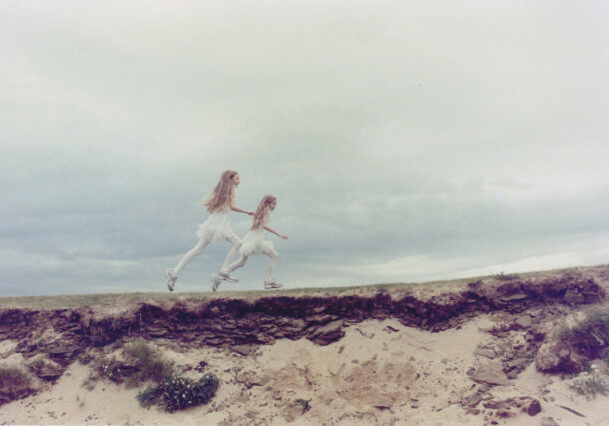
KYOTOGRAPHIE 2022 “One”
Writing in their preface to the first KG catalogue, Reyboz and Nakanishi averred that “KYOTOGRAPHIE’s intention was always to stage the work in the shrines, temples, machiyas, tea houses and other emblematic locations of the city. But by using scenographers and designers to ensure that the photography and the venues will each work to enhance the other, it was our hope that by engaging the participation of Kyoto’s traditional artisans, a broader spectrum of Kyoto society will feel that this is truly their festival.” The creative fusion we are seeing after ten years seems to confirm their vision.

Seeing with Dragonfly Eyes
Novels like Dragonfly Eyes and the acclaimed Cao/Wang title Bronze and Sunflower—also set during the Cultural Revolution, in the countryside—show hopeful struggle amid tragedies playing out in a past so vivid, it could be now. Which is why we need it now. We need its way of storytelling and seeing.
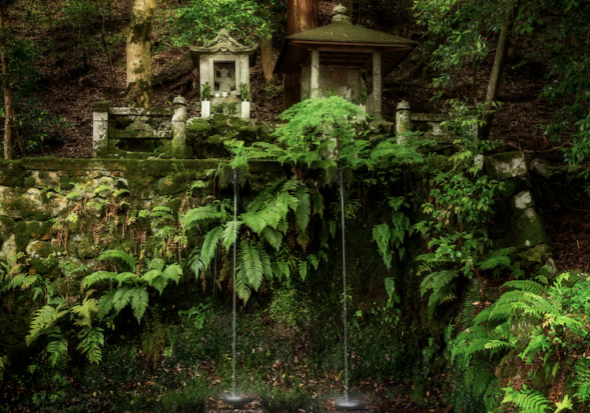
Japanese Religion Through the Lens of Water
From KJ 101: As water is essential to all life, both its presence and its absence, its sufficiency, its excess, as well as its paucity, have fundamentally affected, profoundly influenced, and indeed guided the lives of Kyoto people in countless ways… In this article, I address Japanese religion through the lens of water within the context of Kyoto’s geography of surrounding mountains, waterfalls, and rivers, its long history, and its especially high concentration of shrines, temples, and tucked-away religious sites.



